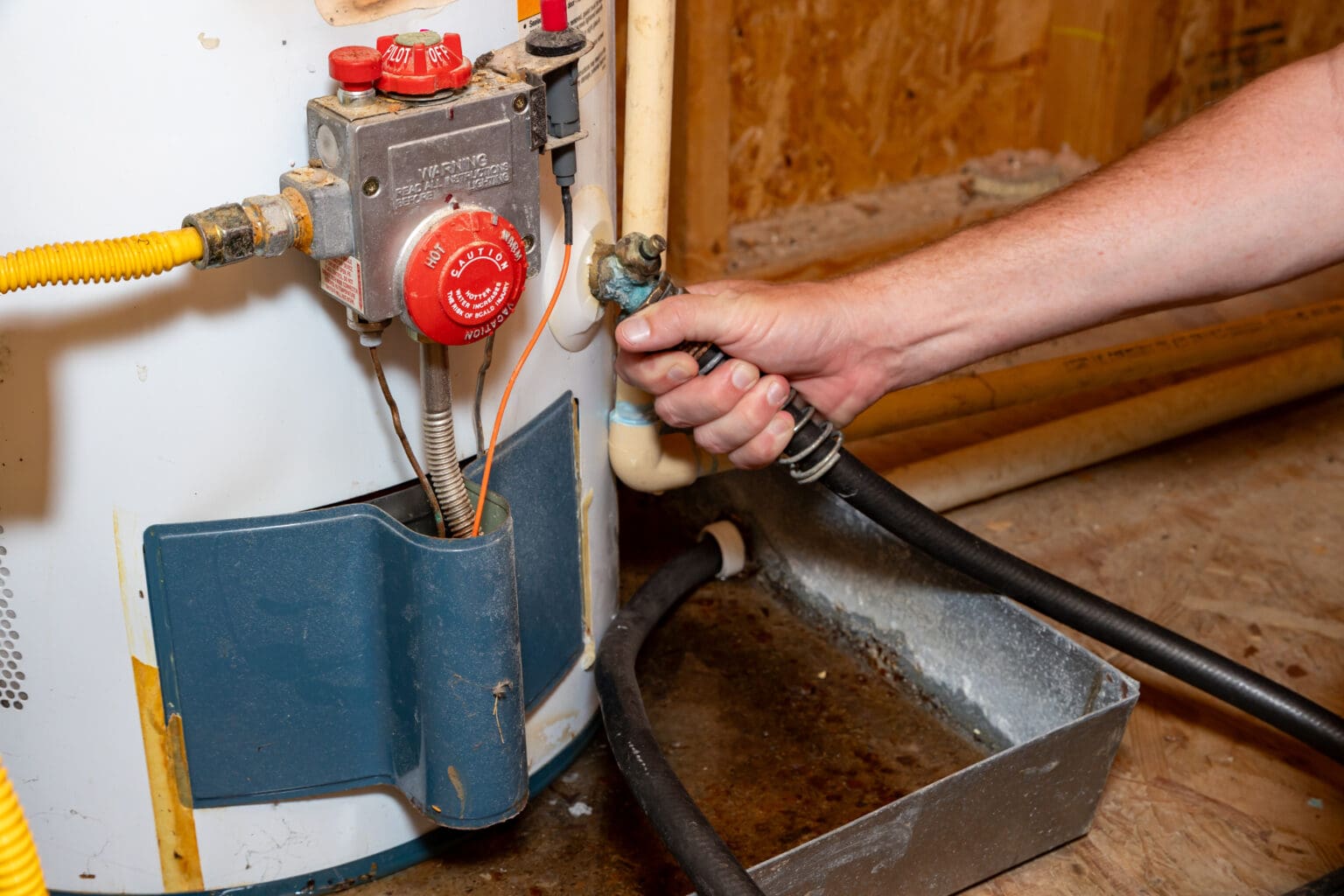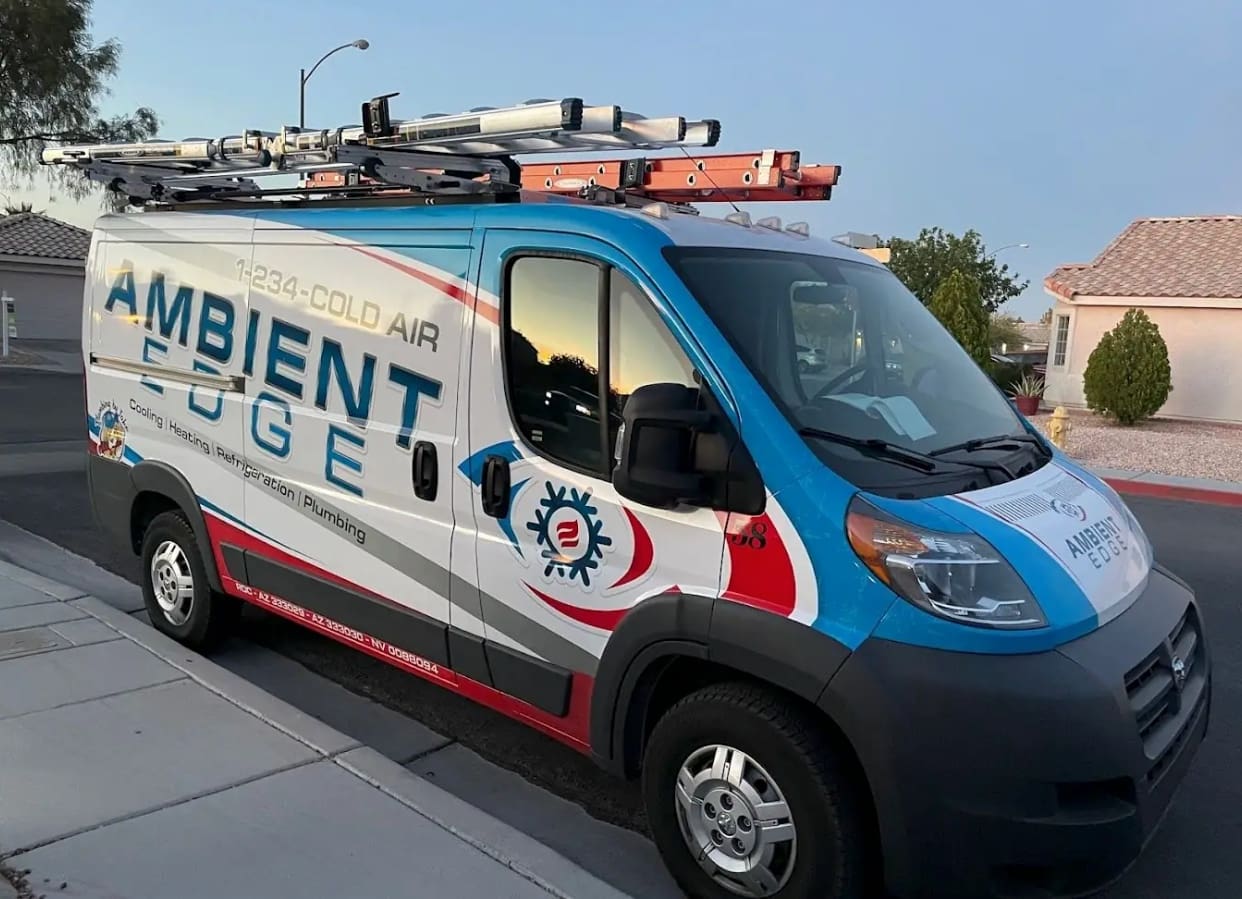Even in sunny Arizona or Nevada, where temperatures can dip below freezing on cold winter nights, most homes have some type of heating system installed. As the name implies, a heater is simply any device designed to increase the temperature in a given space.
Heaters can be smaller free-standing units that only affect their immediate area, or they can be larger centralized equipment, most commonly a furnace or a boiler. The main difference between these two types of heaters is the medium they use to heat your home: A furnace uses air, while a boiler utilizes water.
What Is Considered a Heater?
Since the definition is so broad, many devices are called “heaters.” Just a few of the many home heating options available today include:
- Wood-burning or gas fireplaces
- Active solar heating systems
- Portable heating devices
- Radiant heat systems
- Furnaces
- Boilers
How Do Furnaces Work?
A furnace uses what is known as a “forced air” system. It pulls in cooler air from other locations inside your home, then warms and redistributes it. Air moves through the system with the help of a blower motor or fan that:
- Directs the warm air out of your furnace.
- Moves it through your home’s ductwork.
- Delivers it into your living spaces through your vents.
Furnaces need a fuel source to create and transport heat. This fuel can be:
- Propane or natural gas: A gas furnace has propane- or natural gas-powered burners in its combustion chamber, which ignite to generate heat.
- Electricity: Electric furnaces warm the air using heating coils from which the heat radiates. Electricity is also used by all types of furnaces to power their fan motors.
What Is a Boiler?
Boilers, or hydronic heat systems, are similar to furnaces in that they also create thermal energy and distribute it from one centralized location. However, rather than using air as the medium, a boiler heats your home using water.
There are two types of boilers, both of which can use gas, electricity, oil, or wood pellets for fuel:
- Hot water boiler: Water flows into these closed vessels and is heated, though not necessarily to the point of boiling. A pump then moves the water through small pipes to warm up your baseboards, radiators, or floors.
- Steam boiler: These devices heat the water to a high enough temperature that it vaporizes into steam. This steam is moved through pipes and radiators throughout the home. As the steam cools, it condenses back to a liquid and is transported to the boiler to be reheated.
How Do I Know if I Have a Furnace or Boiler?
If you’re not sure which type of heater you have in your home, here are some distinct differences between boilers and furnaces to look for:
- Radiators or vents: You have a boiler if your home has cast-iron radiators. If you have vents in your ceiling or walls where warm air blows into the room, you have a furnace.
- Location in your home: You can typically find a furnace in the attic or basement of a home, while a boiler can be situated in a bathroom, kitchen, or laundry room. It may even be located in the basement.
- Pipes or ducts: When you locate your heater, the fixtures it is attached to will tell you if you have a boiler or heater. If you have a boiler, you will primarily see small pipes. On the other hand, a furnace will be attached to large round or square ducts.
- Size differences: Boilers are usually shorter, while a furnace is taller and may extend up to the ceiling.
Because of the variety of heating systems, these won’t help you identify every heater. For example, not every boiler system uses radiators. However, these tips will give you an excellent place to start if you are trying to figure out which type of heater you have.
Which Is Better, a Furnace or Boiler?
The best heating system may not be the same for you as it is for your neighbor, so this is not a simple question to answer. Instead, you’ll want to weigh the pros and cons of each type of heater and see which one matches up better in the areas that are a priority to you.
- Versatility: A boiler doubles as a water heater, supplying your shower, dishwasher, and faucets with hot water. This can save you money by eliminating the need to buy and maintain two separate appliances.
- Comfort: Forced air furnaces can create a dry, drafty environment, while the radiant heat from boilers tends to be more even.
- Upfront cost: Furnaces are typically less expensive than boilers at the time of installation.
- Maintenance: A boiler is relatively maintenance-free, other than annual servicing. Furnace maintenance doesn’t require a considerable time commitment, but they do have filters that will need to be changed every one to three months.
If you’re still unsure which system is best for you, set up a consultation appointment to discuss heater and boiler differences with the pros at Ambient Edge. We can walk you through your boiler and furnace options and help you better understand the advantages and disadvantages of each.
Choose Ambient Edge for Your Heating Needs
At Ambient Edge, we can install and service virtually any brand and type of heater out there. So, whether you have a boiler or furnace, call us if you need:
- Routine maintenance to tune up and inspect your unit.
- A service visit for heater repair and troubleshooting.
- Emergency service anytime, 24/7, to get your unit up and running even faster.
With our 100% satisfaction guarantee and convenient financing plans, you have nothing to lose! So, give us a call or fill out the online contact form to reach us today.





